Independent labels generated over $6 billion in sales in 2016, accounting for 38 percent of the global recorded music market, according to a new report from Worldwide Independent Network (WIN).
A key distinction of the study -- which was compiled by Mark Mulligan of MIDiA Research using data from 660 respondents, including labels and distributors across 26 countries -- is that its findings are based on rights ownership, not distribution as per IFPI's annual "Global Music Report.
WIN, an umbrella organization for various independent label bodies around the world, calls the report "the most comprehensive assessment of the global independent record label sector ever compiled."
"It is important when making sense of the global market for independent music that we continue to use ownership rather than distribution as the method of calculation," said WIN CEO Alison Wenham in a statement accompanying the market study.
She goes on to day that when major labels include revenues derived from distribution of independently owned rights into their own assessments of market share it "distorts the true value of the independent market and creates a false picture of the amazing growth and vitality of our sector."
According to WIN, around $1.2 billion of independent label revenue was distributed by majors or major-owned distributors in 2016, which WIN says should be attributed to the independent sector. This is especially important in the streaming age as market share is used by digital music companies like Apple, Google and Spotify when negotiating royalty rates, says the indie organization.
Key findings from its research include a 6.9 percent increase in independent labels' global sales (rising to $6 billion) and a 0.9 percent rise in independent market share, climbing to 38.4 percent.
In terms of individual markets, the U.S. saw the biggest swing in favor of independents with market share growing by 1.7 percent to 37 percent. In South Korea, independents now account for 89 percent of the local music market, while Japan saw the sector slide 0.3 percent to just over 63 percent of the market. In contrast, independents represent just 15 percent of the market in Spain.
Many European markets, including the U.K. and Germany, saw independent market share fall slightly, despite overall revenue growth. The report also states that in virtually every country, indie labels continue to record higher market share in streaming than they do in physical formats, with independent label streaming revenues growing by 80 percent in 2016, to total $2.1 billion (up from $1.2 billion the previous year).
"It speaks volumes for the tenacity, passion and entrepreneurship of independent labels, and the public's desire for musical diversity, that even in these times of global dominance by major corporations, almost 4 out of every 10 dollars spent on music goes to the independent sector," said Beggars Group founder and WIN vice president Martin Mills in a statement.
"It is truly gratifying to see both U.S. and global independent market share increase again," added Richard James Burgess, fellow WIN vice president and CEO of indie organization A2IM.
"We must continue to strive for a level playing field where the best releases rise to the top and where the digital services that respect copyright do not suffer unfair competition from those that co-opt our rights," he went on to say, warning that independent labels and representatives "must remain vigilant.
"We are fighting our way out of a deep hole created by copyright abusers," he continued. "And we have a long climb to get revenues for creators and producers back to where they should be."
